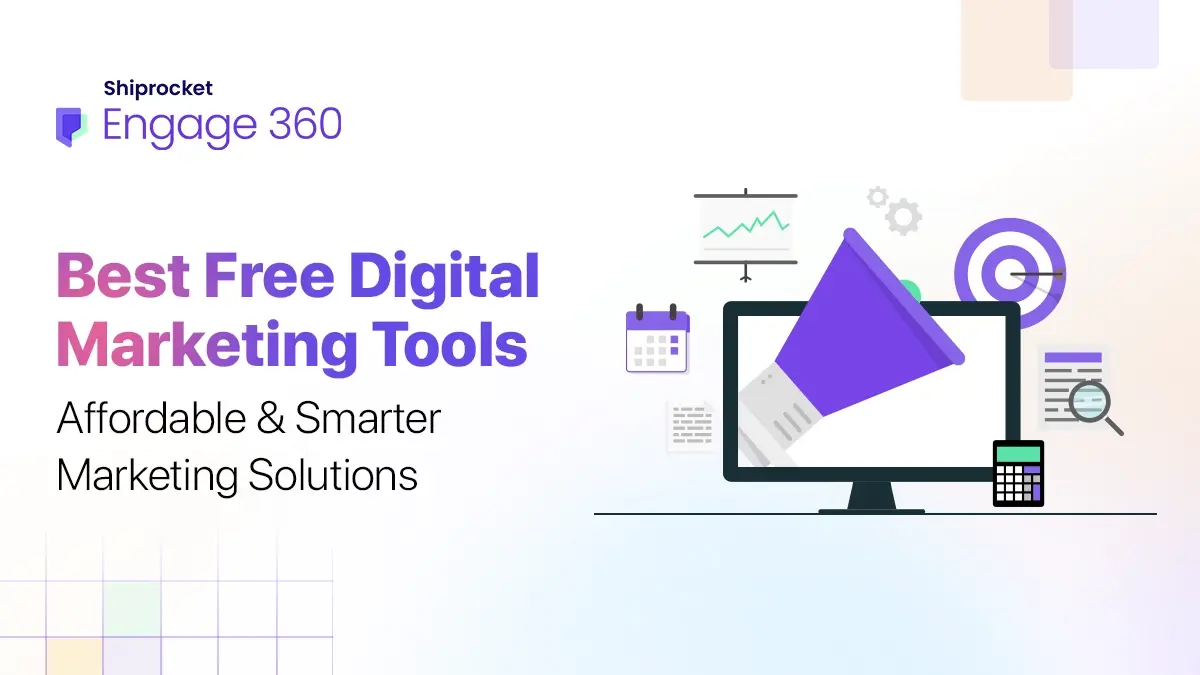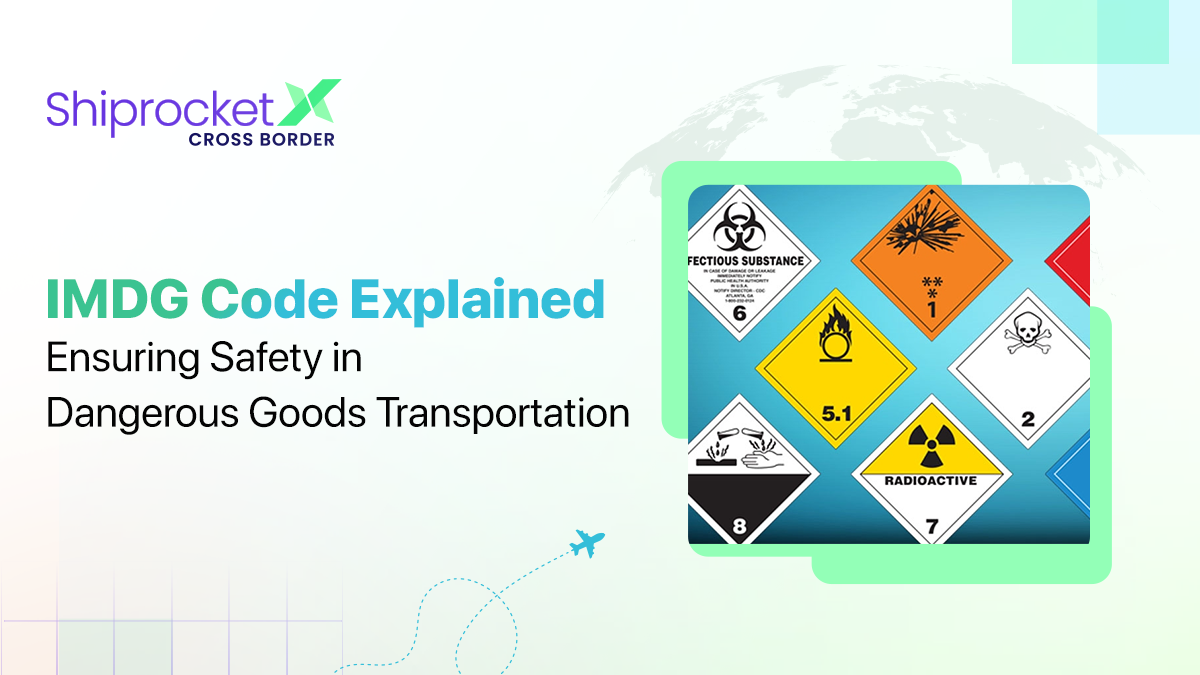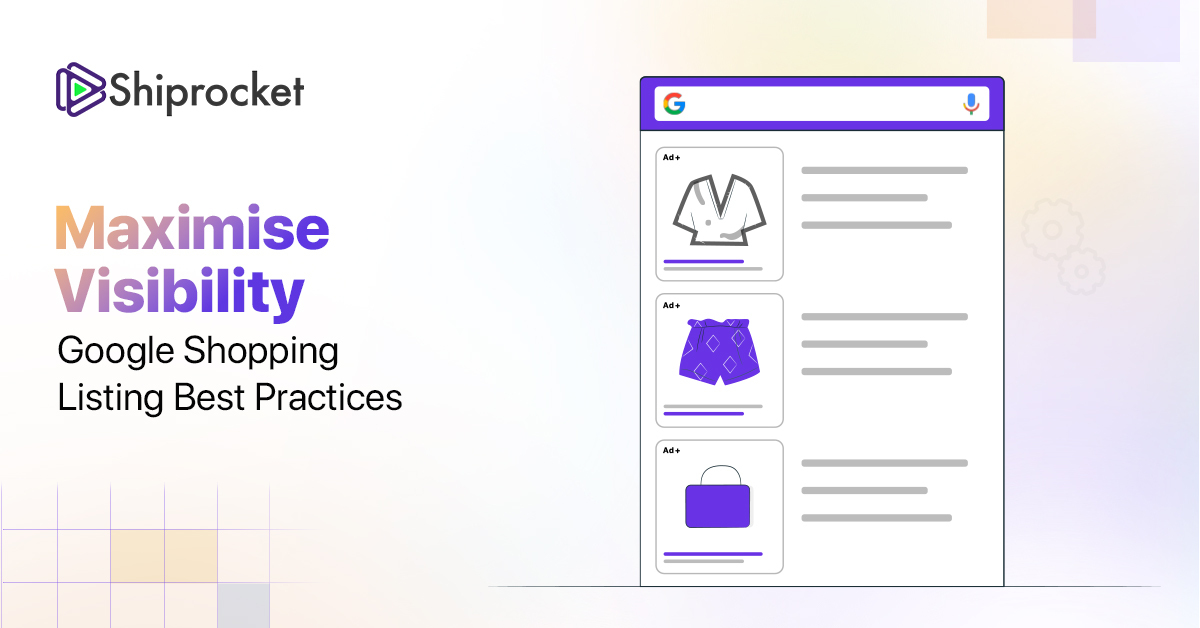Purchase Order: Definition, Process & Benefits
Ask retail managers, department heads, and company executives which document has the most significant impact on the business. There will be a wide range of responses. Still, most would agree that a single document, the purchase order (or PO), is essential for several operations while being frequently overlooked.
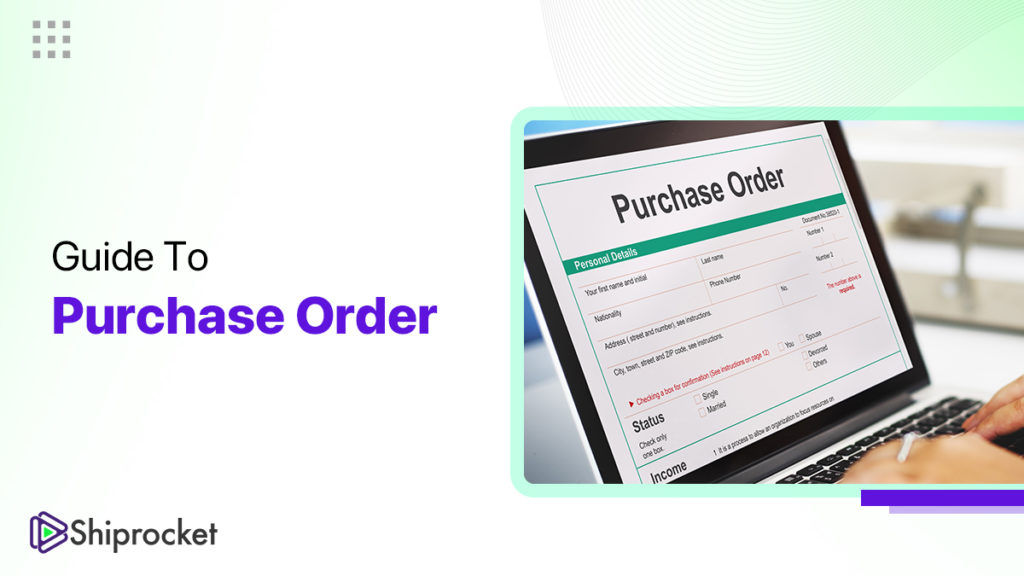
What is a Purchase Order?
Purchase orders are documents buyers send to suppliers while placing orders. Each purchase order will specify the particulars of a purchase request, such as the order description, the number of items, the agreed-upon price, and payment terms. The purchase order number is also included.
Purchase orders help to ensure a seamless transaction between the buyer and the seller, even though they add a few extra stages to the purchasing process. They ultimately help reduce the possibility of sending across an incomplete or incorrect order. In other words, these documents give buyers a chance to make their request to the seller known directly and explicitly.
The Purchase Order Process Explained
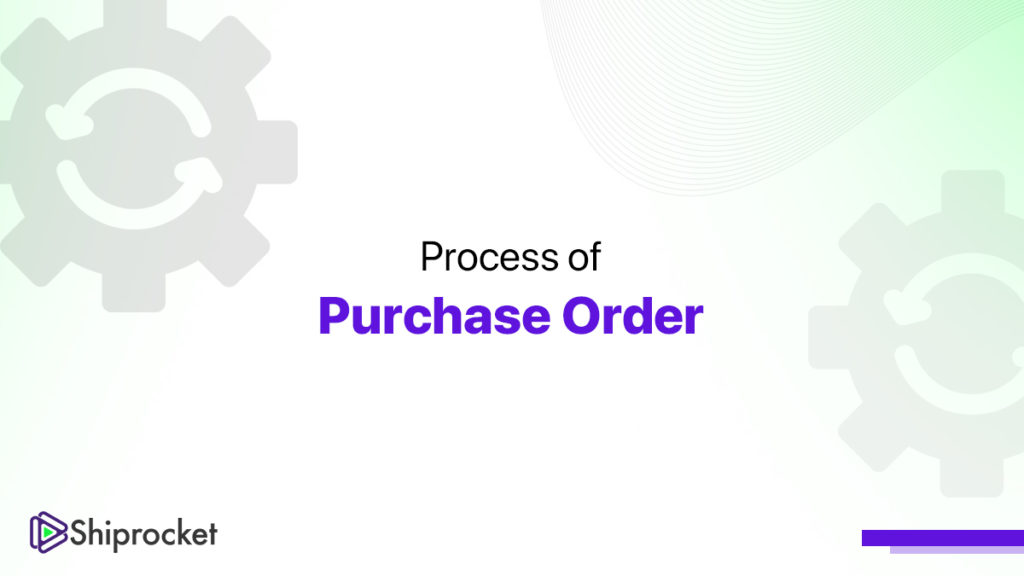
The purchase order process includes several legal checkpoints and approval processes for better and faster processing. The following are the steps that purchase orders typically go through:
Creation of the Purchase Request (PR)
To get approval for the purchase, a requisitioner prepares a document. Before receiving clearance, it could be changed, expanded upon, or even scrapped.
Release of the Purchase Order
The Purchase Order can be finalized after prices, delivery, terms, and conditions have been agreed upon, and the Purchase Request has been accepted. Organizations typically send their preferred vendors a Request for Proposal (RFP) for significant transactions. Some financial authorities must approve the purchase before the order can be released. The chosen supplier is then typically sent the PO electronically.
The Vendor Accepts the Purchase Order
The requisitioner records the Purchase Order and files it while waiting for delivery. The supplier may ask for changes if any information is incomplete or incorrect. The supplier then, if required, authorizes the modified Purchase Order by email or an e-procurement platform.
The company will assess the purchase to verify if it complies with accepted criteria once the goods or services have been delivered or rendered. A ‘Goods Received’ note is used to sign in the goods.
Payment & Approval
When the invoice is received, it is compared to the Purchase Order. The invoice is paid according to the specified payment terms, provided everything is accurate.
How To Create A Purchase Order?
Purchase order creation software is available online for business owners, but you may easily build your order forms with a basic Word or Excel document.
Here are some of the important details to be mentioned:
- Issued on date
- Products required and the quantity of each product required
- Information about products, such as SKUs, model numbers, and brand names
- Price per unit for each product
- Date of delivery
- Postal code
- Business details such as the name of the company, contact information, and the shipping and billing addresses
- Payment conditions such as “paid at delivery” or options for a predetermined payment date
Benefits of Digital Purchase Orders
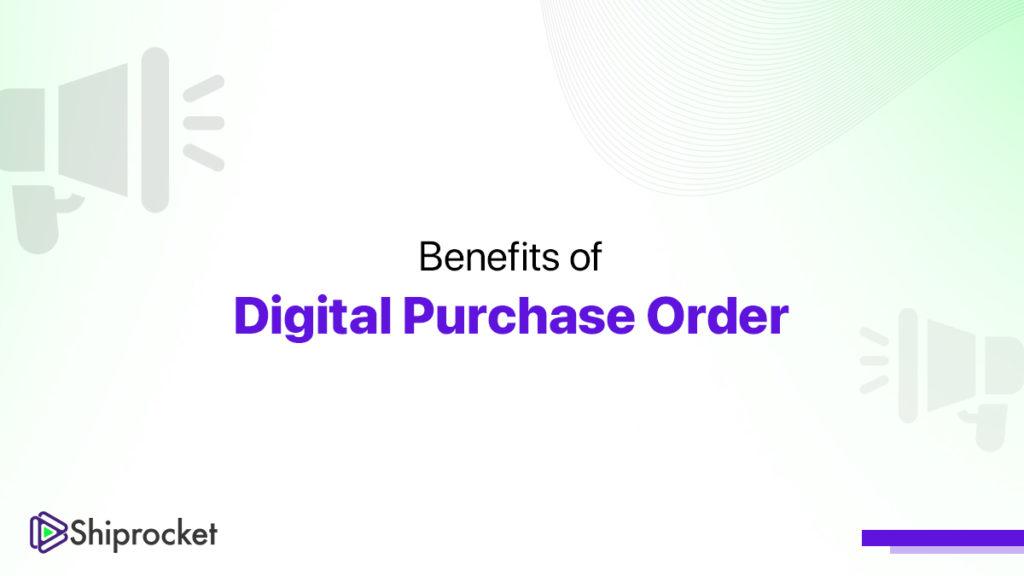
A delayed purchase order process might adversely affect your organization in today’s modern, competitive times. The purchase order procedure needs to be upgraded from manual processing and outdated methods, which are more damaging and time-consuming than beneficial and cost-saving.
Automating your purchase process is an excellent method to tackle this difficulty. Using digital technology, complex procedures work smoothly.
Here are some compelling reasons why every business owner should have a procurement solution with a purchase order management system. Systems for digital purchase orders can:
- Improve Purchase Order management efficiency without any loss or delay
- Boost Purchase Order processing efficiency
- Accelerate the approval of procurement orders
- Streamline the handling of orders and stocks
- Enhance the interaction between vendors and buyers
- Prevent procurement fraud
Summary
Tables, financial statements, and accounting balances are crucial for any organisation. But the fundamental document that governs all business operations is the purchase order. This piece of document is also vital for evaluating performance and predicting trends in the business for the future.
But merely a correct purchase order does not do the job. Businesses have to ensure that the product ordered reaches the customer on time and in perfect condition as well. To get an efficient logistics service for your eCommerce business, it is best to rely on a reputed company like Shiprocket. With eCommerce delivery platforms like Shiprocket, businesses can choose from 25+ reliable courier services under one roof and ship their products across 24000+ pin codes around India.
Calculate Your Shipping Costs Now
X
X



